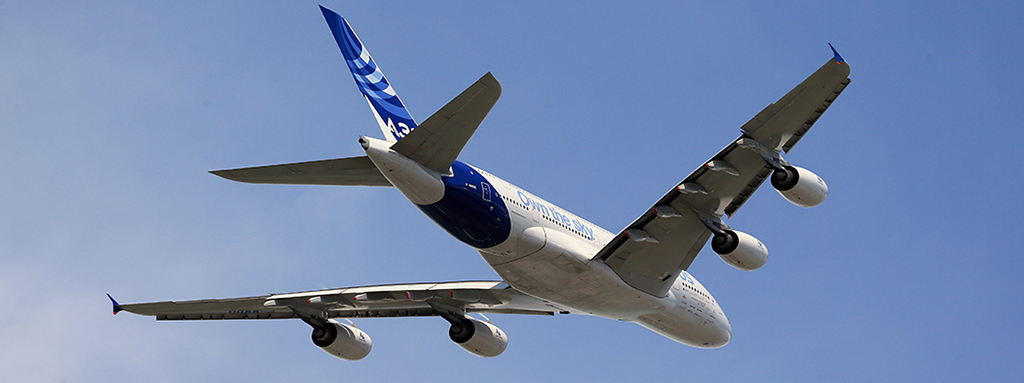The aeronautical industry is becoming increasingly similar to the automotive industry, at least when it comes to aspects connected with production process optimisation. The improvement techniques traditionally associated to the automobile industry have been progressively incorporated into the aeronautical industry and have become increasingly consolidated and customised to manufacturing needs.
Engineers will be able to enter a virtual factory even before it really exists.
Over the last decade, engineers working in this industry have incorporated new terms on process optimisation to their vocabulary. We increasingly talk about management models and techniques like Lean Manufacturing and its tools (5s, Standardisation, VSM, etc.), Six Sigma, TQM, Just in Time… This trend is essentially due to the sharp rise in the units produced and forecasts predicting an increase in the world’s aircraft fleet.
The progress of optimisation methods in the aeronautical industry has been much more evident with the technology boom and has kept pace with the evolution seen in the power of computers and production process simulation programs. This change has allowed the mathematical models established in linear programming, game theory, information theory, dynamic programming, etc., which could not be implemented in the past due to their complexity, to be used intensively. This problem has been solved with the current capacity of personal computers, and today highly complex problems can even be resolved in real time.
Manufacturing simulation programs are becoming ever more common and their use has grown considerably over the last five years. In some cases, they have even become the normal operational method to obtain physical and analytical results on how a plant works.
Where is process optimisation leading? It is difficult to predict the exact path optimisation processes will take in the future. However, it seems logical to associate their evolution to technological development. The day when engineers will be able to enter a virtual factory even before it really exists seems to be coming closer through the use of devices like virtual reality glasses, motion detectors and the use of increasingly advanced computer programs. In such a virtual world, engineers will be able to analyse all aspects that could be of interest to them to optimise the way all of a plant’s processes work.



